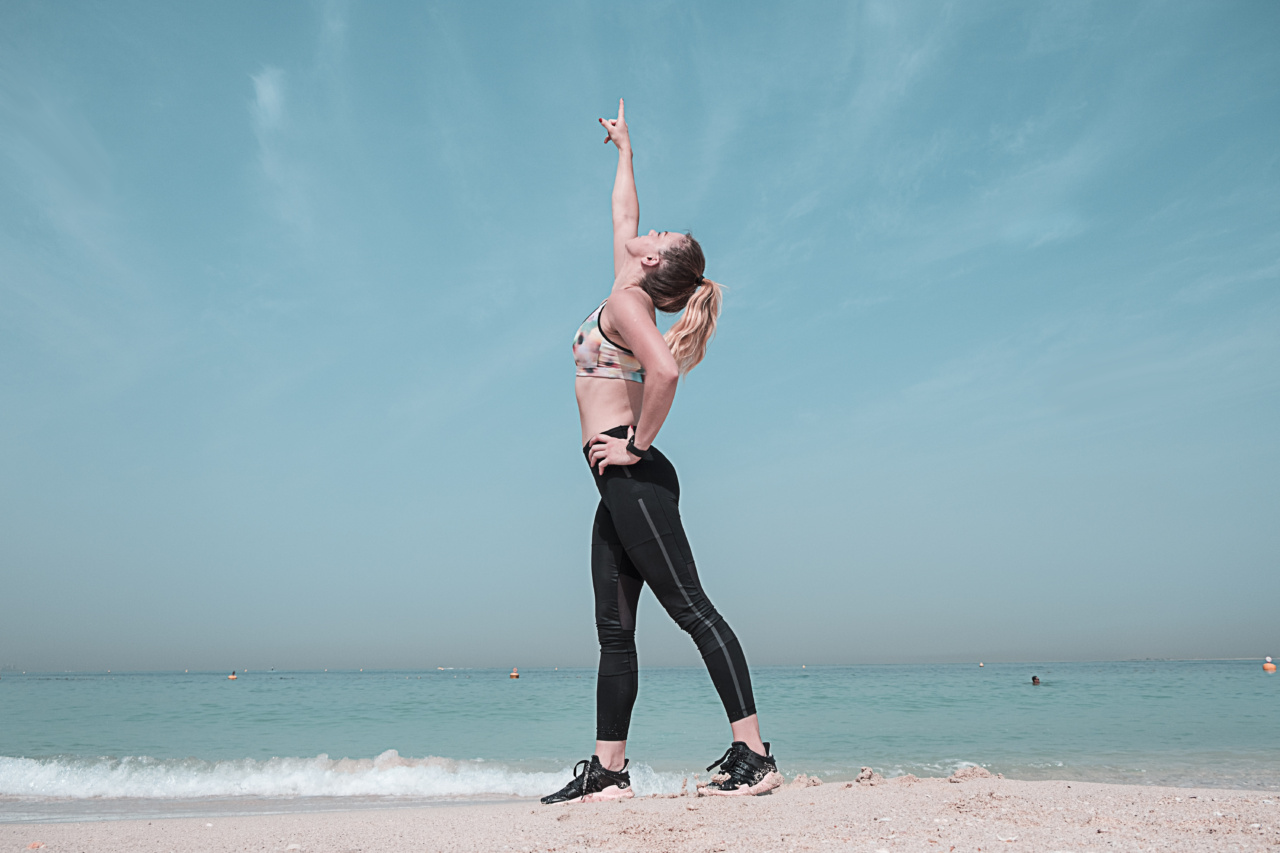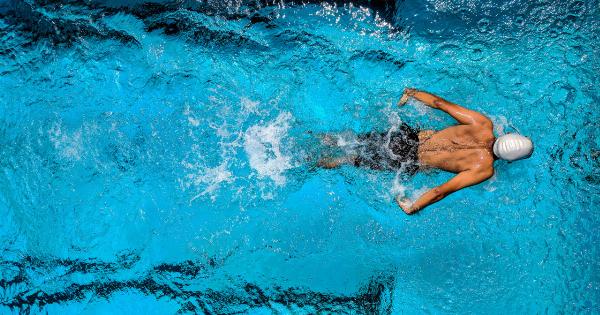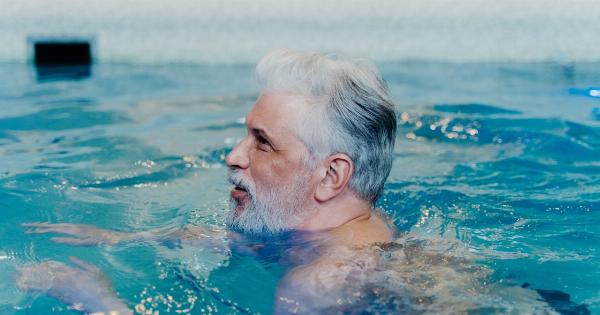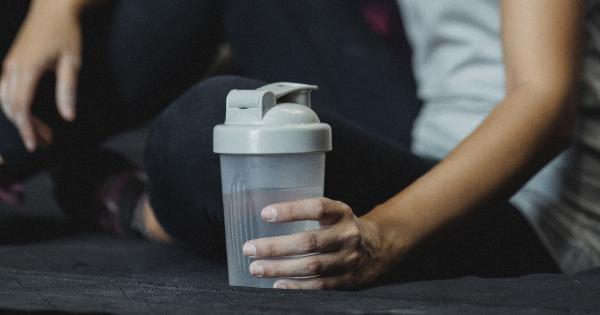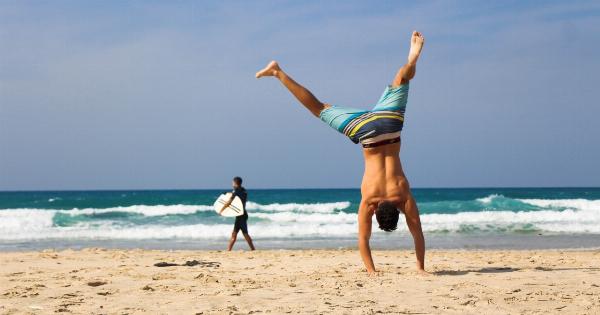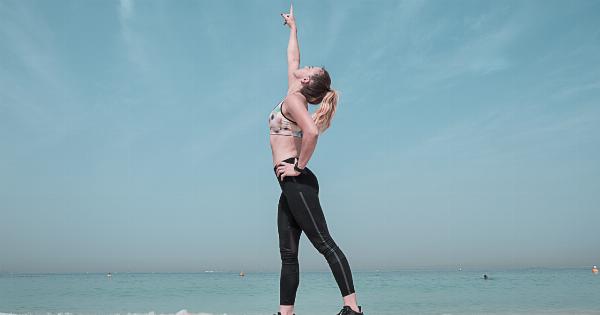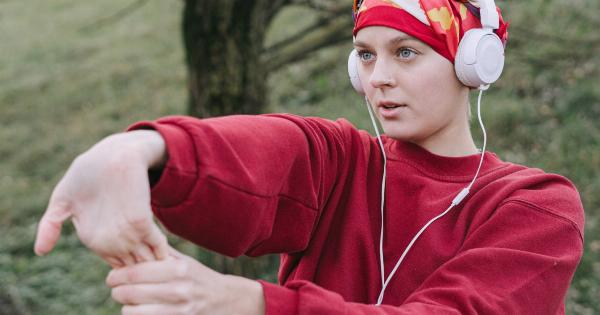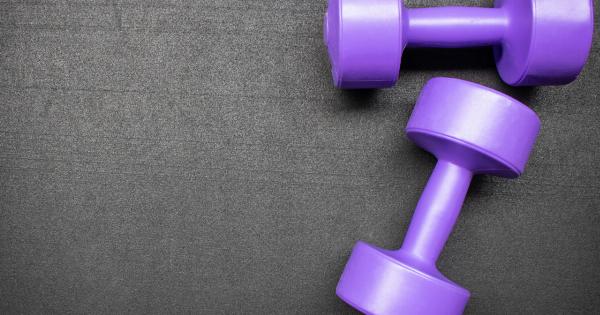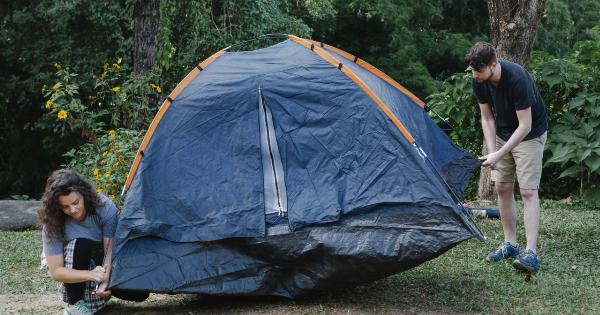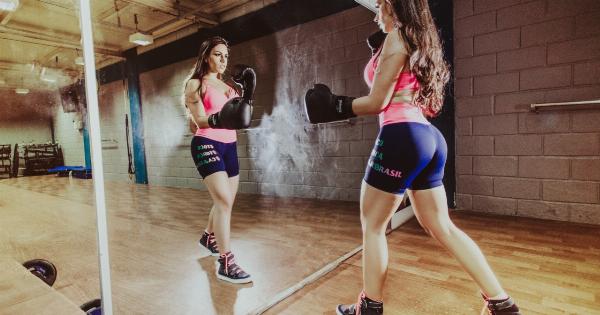As the temperature rises, everyone wants to have a flawless beach body. If traditional workouts are not your thing, and you love being in the water, then water workouts might be the perfect solution for you.
Water workouts are an excellent way to tone your muscles, improve your cardiovascular health and burn calories. In this article, we will discuss different water workouts that can help you achieve a flawless beach body.
Why Water Workouts are effective?
Water resistance makes water workouts more effective than regular exercise on land. As we know, water is denser than air, which means it offers more resistance.
This increased resistance helps to work out your muscles more efficiently, as every movement requires more effort. Additionally, the buoyancy of the water reduces the impact on your joints, which makes the workouts low-impact and decreases the risk of injury. The cooling sensation of water makes you feel comfortable and keeps you from overheating during workouts.
1. Swimming
Swimming is the most popular water workout. Swimming not only helps you burn a lot of calories but also works on your entire body. Swimming targets the upper body, core, and lower body, making it a full-body workout.
Different strokes target different muscles. Freestyle is excellent for toning the upper body and triceps, while breaststroke targets your chest, abs, and quadriceps. In addition, swimming improves cardiovascular fitness, promotes lung capacity, and helps relieve stress.
2. Aquatic cardio classes
Aquatic cardio classes are an excellent way to improve your heart health and burn calories. These classes are similar to aerobics classes on land but are conducted in the pool.
The classes include a range of activities, such as jumping, jogging, and kicking, to provide a full-body workout. The resistance of water makes the workout more challenging, which helps to tone your muscles. The best part of aquatic cardio classes is that they are low-impact, making them perfect for people with joint problems.
3. Water Running
Water running is an excellent workout for runners who want to strengthen their muscles without pounding the pavement. Water running mimics the action of running on land, but the water’s resistance adds an extra challenge.
It is also a low-impact workout that helps to reduce the risk of injury. Start by running on the spot in shoulder-level water, then add some intervals of high-intensity sprints to increase the intensity.
4. Aqua Yoga
Aqua yoga is a low-impact workout that is suitable for people of all ages and fitness levels. Aqua yoga combines the principles of traditional yoga with the resistance of water.
The water’s buoyancy helps support your body, making it easier to hold the poses. Aqua yoga helps to improve flexibility, balance and provides a sense of relaxation.
5. Aqua Zumba
Aqua Zumba is a fun-filled aquatic aerobic workout that combines elements of traditional Zumba with water resistance. The music adds an exciting element to your workout, and the added resistance from water provides a more challenging workout.
Aqua Zumba improves cardiovascular fitness, balance and coordination.
6. Pool HIIT workouts
Pool HIIT workouts are high-intensity interval training workouts conducted in a pool. These workouts are excellent for burning calories and that post-workout burn.
HIIT workouts in the pool combine the strength and cardiovascular benefits of HIIT with the resistance provided by water. Start with jogging on the spot, then switch to high-intensity sprints, jumping jacks and tuck jumps for a full-body workout that leaves you feeling exhausted yet accomplished.
7. Water Aerobics
Water Aerobics is a low-impact exercise that is perfect for older adults, pregnant women and people with joint pain. Water aerobics combines resistance training, cardio and stretching to provide a full-body workout that is gentle on the joints.
The water’s buoyancy helps support your body, reducing the risk of injury. Additionally, water aerobics helps to build muscle strength, improve flexibility, and reduce stress levels.
8. Pool Yoga
Pool yoga is a mind and body workout that combines the principles of traditional yoga with water resistance. Pool yoga is an excellent workout for people who want to improve their flexibility, balance, and core strength.
Water resistance challenges your balance and helps tone your muscles. Additionally, it provides a cooling sensation that helps to calm your mind and reduce stress levels.
9. Pool Pilates
Pool Pilates is a low-impact workout that focuses on building strength, flexibility, and balance. The water’s resistance creates more challenge and resistance that results in toned muscles.
Pilates in the pool targets your core muscles, back and legs. Additionally, it helps to improve posture, which can reduce back pain.
10. Aqua Cycling
Aqua cycling is a high-intensity workout that combines the benefits of cycling with water resistance. Cycling on a submerged stationary bike increases your muscle strength, cardiovascular fitness, and endurance.
The water’s resistance adds challenge, thus making the workout challenging and effective. Additionally, it is low-impact, reducing the risk of injury.
Conclusion
Water workouts offer a range of benefits, such as increased resistance, low impact, and a cooling sensation. These workouts help improve cardiovascular fitness, build muscle strength, promote weight loss, and relieve stress.
With the variety of water workouts available, you can choose the one that suits your fitness goals, interests, and body type. It is essential to note that you must consult your doctor before starting any new workout routine.
